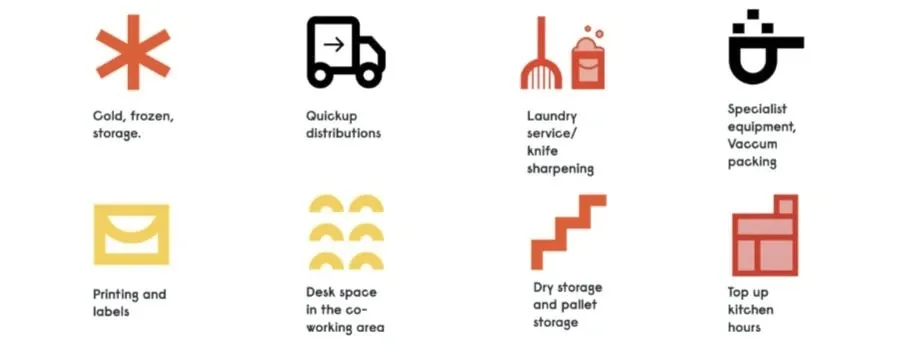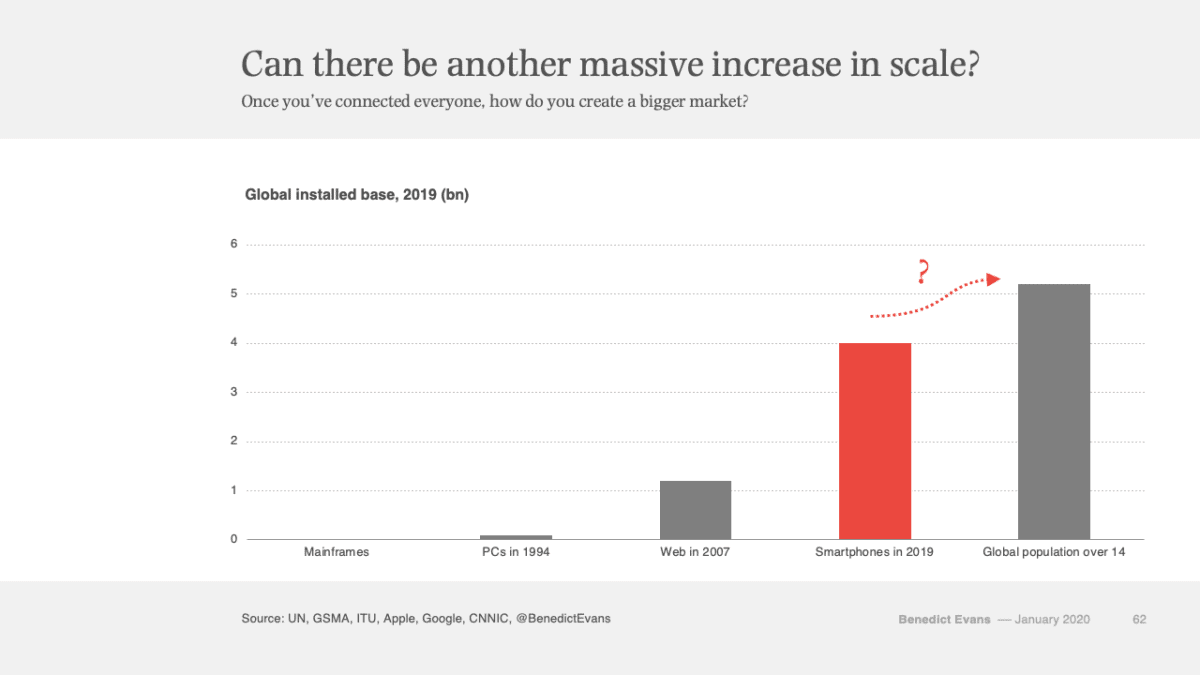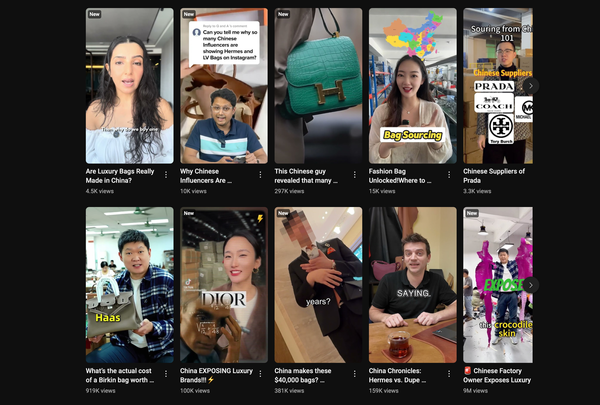Dark kitchens: from software to physical cloud

Dark kitchens are the hot trend in business innovation right now. Since Trevis Kalanick, ex-Uber CEO recently invested $150 million of personal cash in such a startup, with a further Saudi Arabia investment, of $400 million everyone is taking notice. But if you’re just taking notice, you’re late to the game. Dark kitchens — also called in a less negative way « ghost » or « cloud » kitchens — have been around since 2016 in China. After a four year explosive food delivery craze hitting hard most of tier I cities in China, we are talking $80 billion market growing 20-30% yearly. Not too bad.
So why are the US and Europe waking up to this new opportunity?
Restaurants as a Service
First let’s briefly explain what are dark kitchens. Just like any brilliant idea it seems simple in retrospect:
It starts with your plain old restaurant business as a (1) high capital expenditure operation, that is (2) critically constrained by its catchment area, and (3) requires high profitability over a limited number of seats. Cue in food delivery companies that are suddenly solving (2) and (3). We’re left with the huge bottleneck of (1).
This is what dark kitchens are solving: they offer fully equipped professional kitchens in different neighborhoods, that you can rent by the night or the month. In some case, you can even rent the staff (provided you train them with your menu):

Problem solved, the restaurant is now unbundled as a physical cloud operation.
Just a few months ago, Chinese dark kitchen startups like Panda Selected were trying to be sexy by calling themselves the « WeWork of kitchens ». Ironically enough, with 120 locations in Beijing and Shenzhen and adding new kitchens every month (thanks to the deep pockets of Tiger Global), they might get at peak WeWork hype within a year or two.
If you consider China as a consumer market three years ahead of the curve, you might start to get why all the recent interest in the West. Granted that key cultural differences must be taken into account, recent history demonstrates that the Chinese consumer is a solid canary in the mine for Europe and the US. (If in doubt look back at dockless bike sharing, evolution of luxury, the rise of flagship experience stores, etc.)
Birth of the physical cloud
So this is all well and interesting. But why should this be important to you if you’re not in food delivery or the restaurant business?
Remember when I was explaining that digital was over in 2014 or more recently even, that Hema was becoming the Amazon Web Services of supply chain in China? Well, this is the next step.
Now that any form of cloud-based software services are available on-demand everywhere on the planet, the next step is cloud-based physical production.
And I remember how we thought that different markets would be a first casualty of this unbundling in a physical cloud. The idea of independent networks of up-start factories producing on-demand small batches of OEM appliances, cars, or even pharmaceuticals is not new. In that sense, our predictions were right. What we didn’t really see coming until just a few years ago is that food would be the real manifestation of this new reality at scale.
Dark kitchens are the first wave of unbundling any type of Capex-intensive business operations. Investors now got it worldwide, and they will be looking for other sectors.
Lessons learned?
I’d say that whatever your business is, you should take away 3 lessons from this:
- When the « tech » media start to actively talk about up-starts and massive trends appearing out of nowhere, you’re late to the game. Chances are that China was leading the way.
- This seemingly innocuous niche restaurant-thing is rewriting the playbook of urban supply chain, and consumer branding among other things. What happens in this distant markets from yours, might hit you out seemingly out of nowhere 3 to 5 years from now.
- From now on, consider any form of Capex-intensive business model as open target for aggressive lateral investments.
The largest investment firms are not running out of money anytime soon. They’re just all looking to pour billions in the next « post-smartphone » S-curve:

Now forget about this B2C dark kitchen « thing ». Even if you’re in B2B, start asking yourself: are you the next S-curve with a target painted on its back? I’d say that the more Capex-intensive you are the more you should worry.




